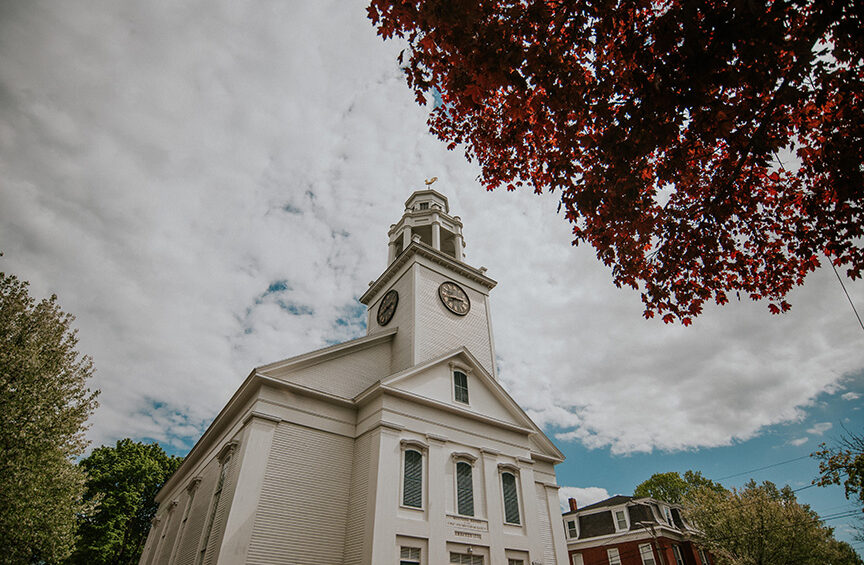If your church is under 100 members or the majority of your membership is over 70 years of age, you have some really remarkable choices about your next stage in life. You can refuse hospice care or be treated like less than a very sick, very expensive beloved cat – or you can make choices. You can kick the can down the road or make some useful decisions to your own demise or resurrection – as well as stay aligned with your founding mission.
One good choice is to give your property away to another congregation or activity. Your bequest might go to new immigrants or start up spiritual life centers or youthful meditation or to the local government.
You might give the land or the salvageable parts of the building to affordable or mixed housing, using the money from the latter to sustain the former. You might help people be able to live in their own town. You might give capitalism and its 11th commandment, “make as much money as you can on everything” a run for its money. You might go scriptural and understand what Jesus really meant in the old song, “Thine mine inheritance, now and always.”
A church in Danbury, Connecticut “sold” their unused Sunday School buildings to the city for a dollar and rights to worship in perpetuity in their formerly expensive behemoth of a building. An aging Lutheran congregation of 7 members in their eighties gave the keys to their building to a group of Islanders from Southern Hemisphere countries. In exchange, the Islanders promised to take care of them, and the pews were filled again with spiritual energy. The Islanders kept their promise and helped the German worship to continue, as well. There is no law that says you have to sell your house “high” or your church “high.” There are deeper, more ancient laws of gifting afoot, in most forms of faith in most centuries.
Gifting might actually be immoral NOT to do, not to mention potentially illegal. Immoral: because hoarding is not God’s idea for property. Plus hanging on too long to what you don’t really own makes people think the “church is a building,” which it is not. I think of Ruth Bader Ginsburg’s unintentional hanging on too long, resulting in the loss of Roe V. Wade. It is hard to accuse such a fine woman of immorality. But it is also immoral not to notice what her hanging on did.
lIlegal? What about all those years of not-for-profit relief from the taxes others have to pay? What right does a remnant congregation have to money not used for mission-consistent purposes like building up a community, helping it to gather, refreshing it spiritually and/or housing it without the burden of unjustified expense? Whose building is it anyway?
Secondly, there is that matter of ownership, not just legal and not just moral but in truth. Does any generation really own the building they are stuck with? Most of these buildings are as deteriorated as the membership is. Old. Tired. Fed up. Designed for another period. Full of things no one knows what to do with. Hoarding at the public level is as immoral as it is at the private level.
Future articles will deal with all the positive ways people stuck with aging buildings can gift the future. For now, face death. Look it straight in the eye. Remember the wise sage who said, “Aging is like being accused of a crime you didn’t really commit every day..”
There is enough shame and blame everywhere else to go around. Why not do the right thing with the church’s building? Why not gift it? The future will smile. You will go to your rest with great gladness – and much less mess for your children to clean up.

